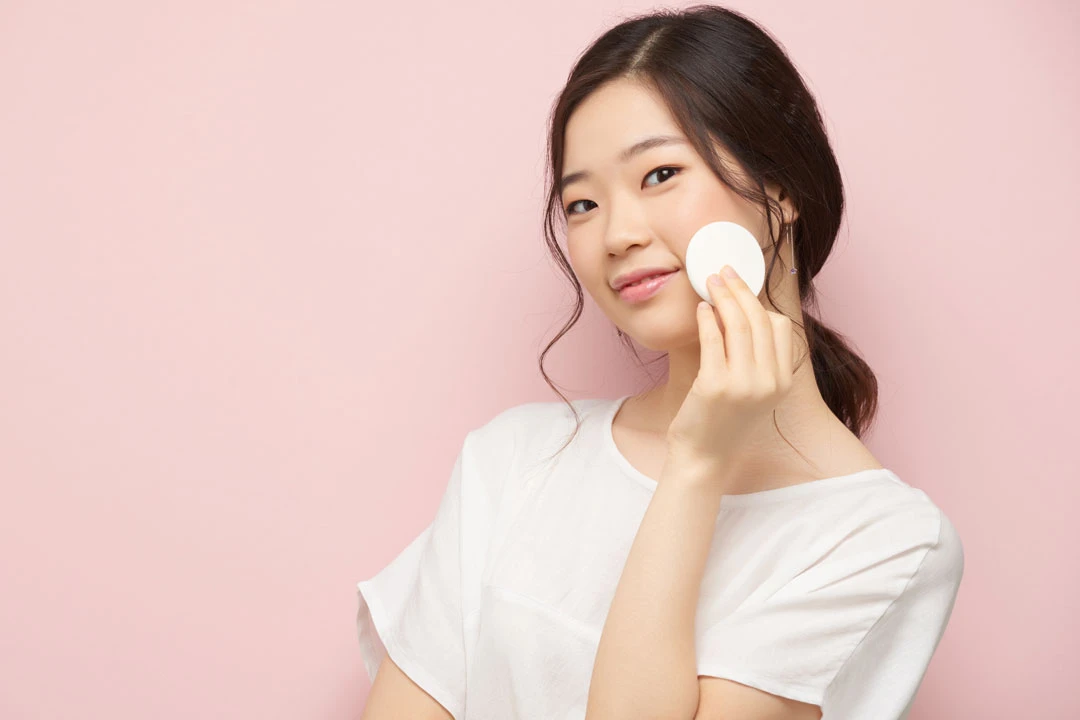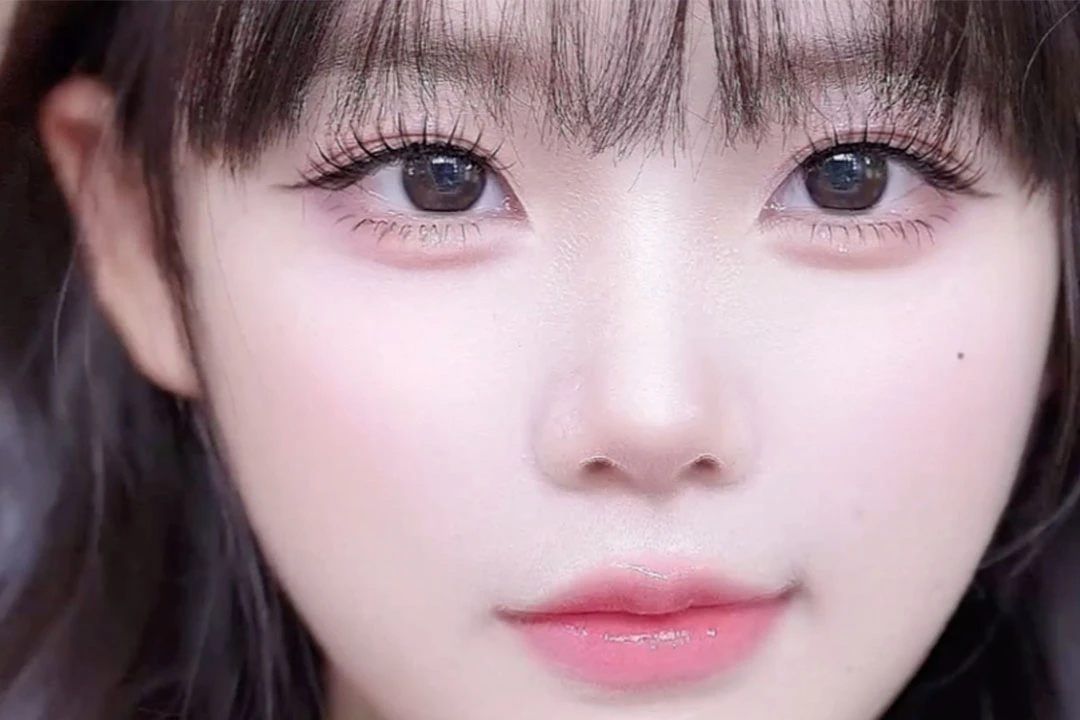The Evolution of Chinese Beauty Standards
In recent years, a quiet revolution has been unfolding in the global beauty industry. Once dominated by Japanese and Korean brands, the landscape is rapidly shifting as Chinese cosmetics companies emerge from the shadows, not only flourishing within their borders but also gaining significant traction in international markets.
This transformation is particularly striking given the long-standing reputation of Asian countries in the beauty world. For years, Thailand was known for its gender reassignment surgeries, Korea for its plastic surgery expertise, Japan for its cutting-edge makeup techniques, and China for its photo editing skills. However, the tides are turning, and China is now making waves with its innovative approach to beauty and cosmetics.
The phenomenon of "Douyin makeup," inspired by the Chinese version of TikTok, has become a global sensation. This trend has transcended cultural boundaries, with makeup enthusiasts worldwide attempting to recreate the looks popularized by Chinese social media influencers. The hashtag #DouyinMakeup has garnered billions of views on various platforms, signaling a shift in beauty ideals and techniques.
One of the most intriguing aspects of this trend is its appeal to a diverse range of individuals. Take, for instance, the story of Essence Whitaker, a 27-year-old African American makeup artist who fell in love with Chinese makeup styles. Despite initial doubts about whether Asian-inspired looks would suit her, Essence found that many Chinese makeup techniques translated beautifully to her features, leading her to share tutorials and recreations on social media platforms.
This cross-cultural exchange highlights the universality of beauty and the power of social media in spreading trends. It also demonstrates the adaptability of Chinese makeup techniques, which can be tailored to suit various skin tones and facial features.
The rise of Chinese cosmetics brands in international markets is not just a cultural phenomenon but also an economic one. In recent years, Chinese beauty product exports have seen a significant increase, particularly to countries like South Korea and Japan – traditional powerhouses in the beauty industry. This shift represents a remarkable turnaround, as these countries were once major exporters of cosmetics to China.
Breaking Barriers: How Chinese Makeup Trends Captivated the World
Several factors have contributed to this success. Chinese brands have capitalized on their ability to offer high-quality products at competitive prices, appealing to cost-conscious consumers worldwide. They have also demonstrated a keen understanding of current beauty trends and the preferences of younger generations, particularly Gen Z.
Moreover, Chinese cosmetics companies have invested heavily in research and development, focusing on creating innovative formulas and packaging that resonate with global consumers. This commitment to quality and innovation has helped challenge the perception that Chinese products are inferior or mere imitations of Western or other Asian brands.
The economic impact of this shift is substantial. In 2023, China's cosmetics retail sales reached an impressive 414.2 billion yuan (approximately $64 billion), showing a year-on-year growth of 5.1%. Exports to Southeast Asia, Japan, and South Korea have been particularly strong, with some product categories seeing triple-digit growth in certain markets.
However, the journey of Chinese cosmetics to global dominance is far from complete. While the industry has made significant strides in terms of product quality and marketing, it still faces challenges in establishing truly international luxury brands. Many Chinese cosmetics companies, despite their success, lack the global recognition and prestige associated with longstanding Western or Japanese luxury beauty brands.
To overcome this hurdle, Chinese beauty companies are investing more in brand building and storytelling. They are focusing on creating narratives that resonate with international audiences while staying true to their Chinese heritage. This approach involves not just selling products but also promoting a vision of beauty that blends Eastern and Western aesthetics.
The rise of Chinese cosmetics on the global stage also reflects broader changes in consumer behavior and values. There's a growing appreciation for diversity in beauty standards and a curiosity about different cultural approaches to skincare and makeup. Chinese brands have tapped into this sentiment, offering products that cater to a wide range of skin types and beauty preferences.
The Economic Impact of China's Cosmetic Industry Boom
As the Chinese cosmetics industry continues to evolve, it faces both opportunities and challenges. On one hand, there's immense potential for growth in international markets, particularly as Chinese beauty trends gain more followers worldwide. On the other hand, the industry must continue to innovate and improve to maintain its competitive edge against established global brands.
The ascendance of Chinese cosmetics in the global beauty market represents more than just a shift in consumer preferences. It signifies a broader cultural exchange, where Eastern beauty philosophies and techniques are gaining recognition and appreciation worldwide. As Chinese brands continue to refine their products and expand their reach, they are not just selling cosmetics; they are reshaping global beauty standards and challenging long-held assumptions about the cosmetics industry. The future of beauty is increasingly looking East, with China at the forefront of this exciting transformation.



